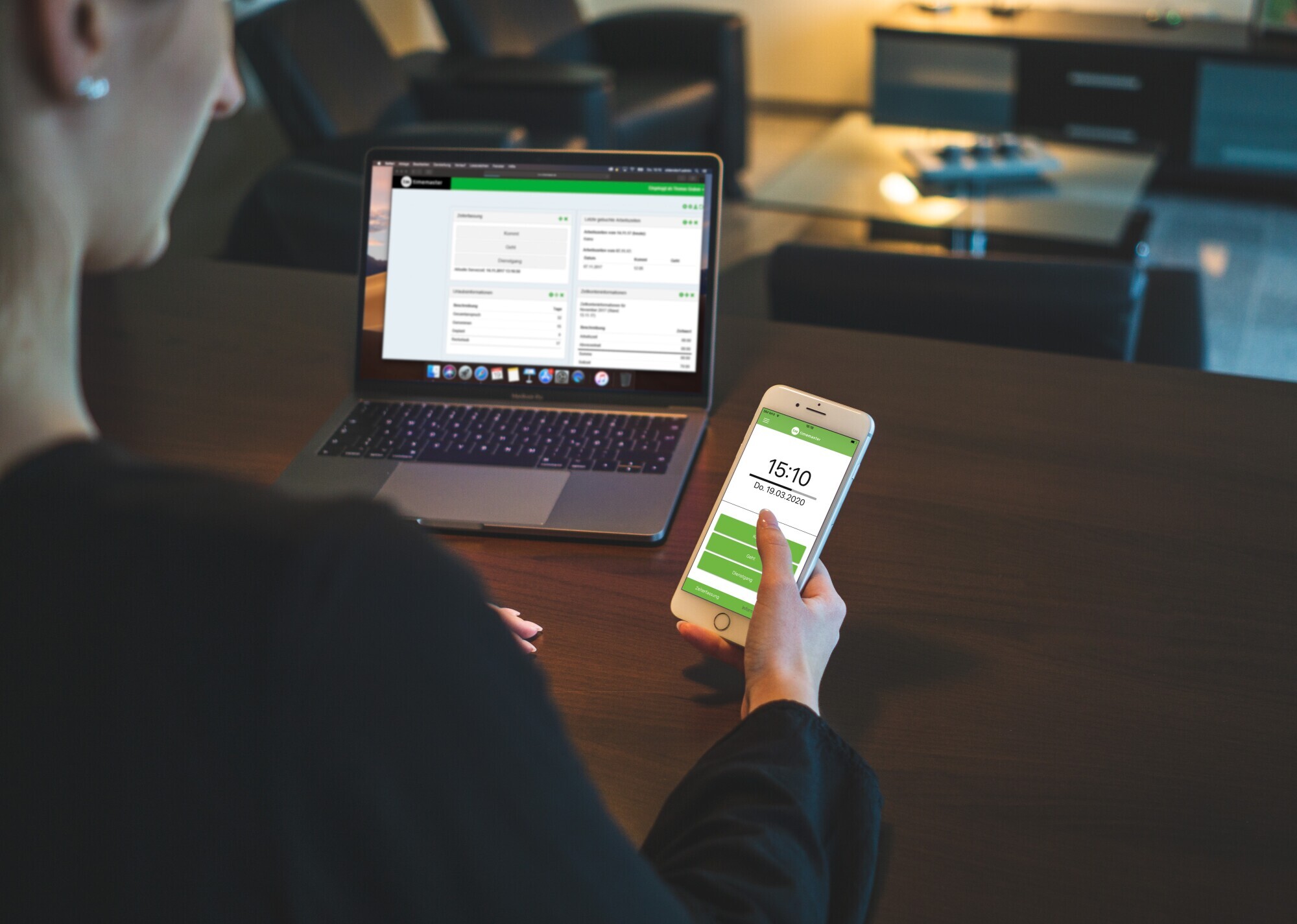No employer wants to feel like their employees are taking advantage of them, especially when it comes to putting in the full hours that they are paid for. If you are having difficulty with your employees clocking in and out, especially your remote workers, you need to take some steps to improve your system.
This will ensure accurate and efficient time tracking over time, which is crucial for productivity, payroll accuracy, and overall employee satisfaction. Making the process of clocking in and out seamless can also significantly improve workplace efficiency and reduce administrative burdens.
Here are some effective strategies to simplify this process for employees.
1. Implement a User-Friendly Time Clock System
The foundation of an efficient clock-in and clock-out process is a user-friendly time-tracking system. Traditional cards for punching in and out and paper logs, which used to be common in the past, are now outdated and prone to errors.
Modern digital time clock systems, such as biometric scanners, mobile apps, and web-based platforms, offer intuitive interfaces that make it easy for employees to log their hours. These systems often include features like one-touch clock-ins, face recognition, and GPS tracking, ensuring accuracy and convenience.
For example, the time-tracking system from TimeTrakGO has time clock options for employees who work in the office, remotely, in a warehouse, or shop. It’s that versatile.
2. Mobile Time Tracking Solutions
Mobile time-tracking solutions have become essential with the increasing prevalence of remote work and flexible schedules. Mobile apps with GPS allow employees to clock in and out from their smartphones, regardless of location.
This flexibility is particularly beneficial for remote teams, field workers, and employees who frequently travel. Ensure the mobile app is compatible with both iOS and Android devices and offers features such as offline access and real-time syncing.
3. Integrate Time Tracking with Payroll Systems
Integrating your time tracking system with your payroll software can streamline the entire process from clocking in to paycheck issuance. This integration minimizes manual data entry, reduces errors, and saves time.
It ensures that all logged hours are accurately transferred to the payroll system, facilitating timely and correct payments. Look for systems that offer seamless integration with popular payroll solutions.
4. Provide Training and Support
Introducing a new time-tracking system requires proper training and support to ensure smooth adoption. Conduct training sessions to familiarize employees with the new system, explaining how to use its features and troubleshooting common issues.
Provide resources such as user manuals, video tutorials, and a dedicated help desk or support team. Continuous support will help employees feel confident and comfortable with the new process.
5. Set Clear Policies and Expectations
Clear communication about time-tracking policies and expectations is vital. Develop and distribute a comprehensive time-tracking policy that outlines procedures, guidelines, and consequences for non-compliance.
Make sure employees understand the importance of accurate time tracking for payroll, time off, employee attendance, and productivity. Regularly remind and update staff about any changes to the policy to maintain compliance and consistency.
6. Use Biometric Time Clocks
Biometric time clocks, which use fingerprints, facial recognition, or iris scans, are highly effective in preventing time theft and buddy punching (when one employee clocks in for another).
These systems provide a high level of accuracy and security, ensuring that employees can only clock in and out for themselves. While there might be privacy concerns, many biometric systems are designed to comply with data protection regulations, making them a reliable choice for businesses.
7. Implement Automated Reminders and Alerts
Automated reminders and alerts can help employees remember to clock in and out, reducing instances of missed punches. These notifications can be set up via email, SMS, or push notifications through a mobile app.
For example, a reminder can be sent at the beginning and end of each shift, or if an employee forgets to clock in or out within a specified timeframe. This proactive approach helps maintain accurate time records and minimizes administrative follow-ups.
8. Simplify the Correction Process
Despite best efforts, there will always be instances where employees forget to clock in or out or make errors in their time entries. Simplifying the process for correcting these mistakes is crucial.
Implement a system that allows employees to easily submit corrections or adjustments. This could be through a digital form or a self-service portal. Ensure that supervisors or managers can quickly review and approve these changes to maintain accurate records.
9. Offer Incentives for Accurate Timekeeping
Encouraging employees to consistently clock in and out accurately can be supported by offering incentives. Rewards such as small bonuses, extra break time, or recognition programs can motivate employees to adhere to timekeeping protocols.
Incentives create a positive reinforcement system, promoting a culture of punctuality and reliability.
Implementation Tips
Setting up a good time clock system takes time and constant alterations. Here are some tips to help you implement a good clocking system in your business.
Choose the Right System
Evaluate different time-tracking solutions and choose one that aligns with your business needs, size, and budget. Consider factors such as ease of use, scalability, and integration capabilities.
Pilot Testing
Before rolling out the system company-wide, conduct a pilot test with a small group of employees. This helps identify any issues and gather feedback to make necessary adjustments.
Continuous Improvement
Regularly review the effectiveness of your time-tracking system and seek feedback from employees. Continuous improvement ensures the system remains efficient and user-friendly.
Employee Involvement
Involve employees in the decision-making process when selecting and implementing a new time-tracking system. Their input can provide valuable insights and increase buy-in.
Ensure Accurate Clocking in and Out for Your Employees
You don’t want to micromanage your employees. That’s why it’s important to set up a system of clocking in and out that works not only for your bottom line but also for your employees.
At TimeTrakGO, we understand the concerns of both employers and employees, which is why we have created a user-friendly system that allows accurate time clocking. Our graphical interface makes it easy to identify missed punches and absences.
And you can try our user-friendly timecard solution for free.





